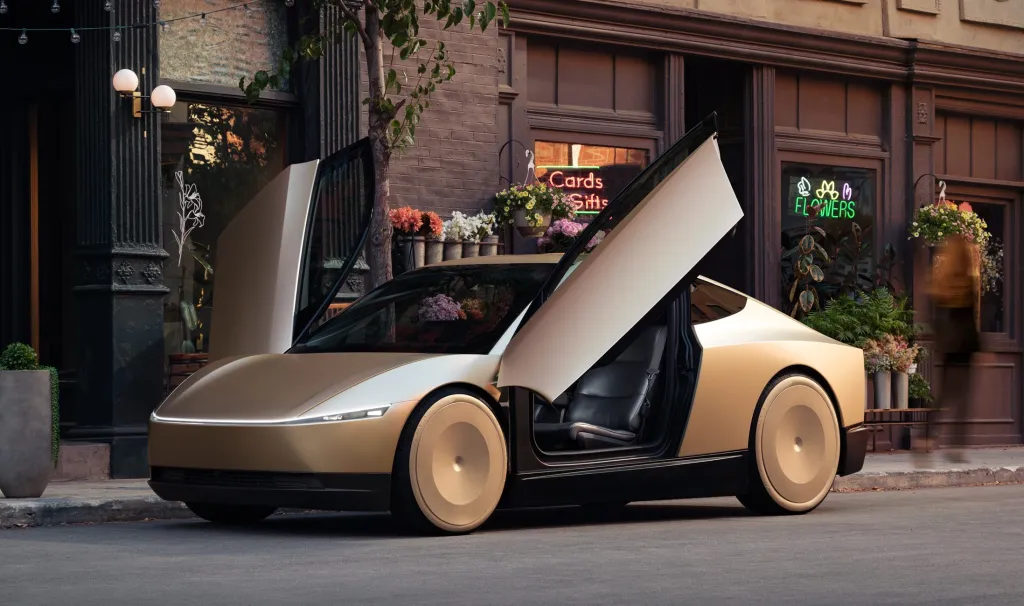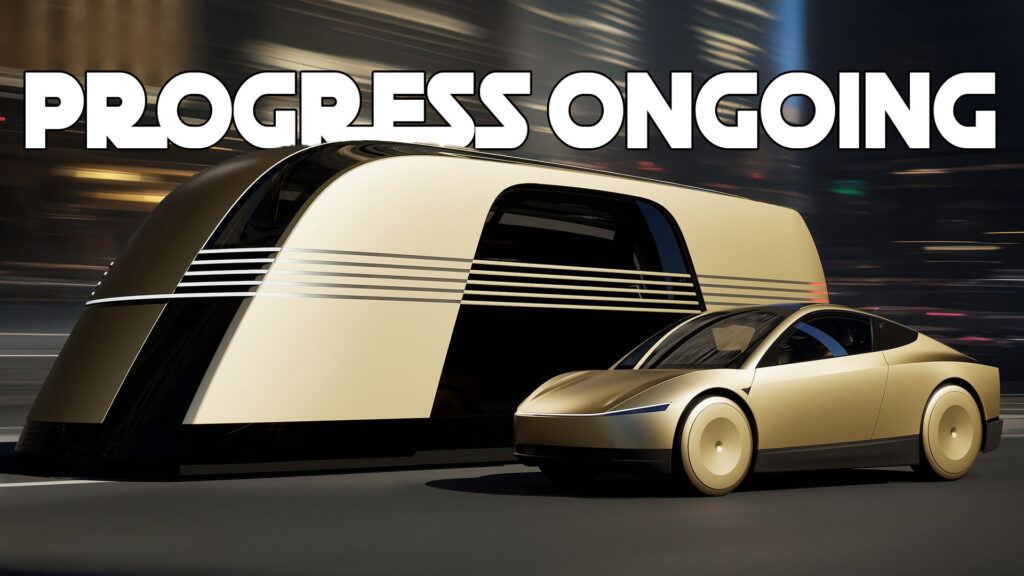Tesla’s Robotaxi And Cybercab Might Need New Names

- Trademark office cited Wikipedia and media to support the Robotaxi name’s lack of uniqueness.
- Cybercab also denied for trademark due to similarity with other existing products and services.
- Tesla can respond with evidence but has just three months before rejection becomes final.
The dream of a driverless Tesla fleet shuttling people around while their owners kick back at home has been around for years, always just around the corner, but never quite here. Now, as the company continues to promise that reality is almost within reach, the U.S. Patent Office may have just introduced another delay.
As it turns out, names like “Robotaxi” and “Cybercab” might be too generic to trademark, and that could complicate Tesla’s rollout plans.
Read: Tesla Stiffs Cybertruck Owners On Another Promised Feature
It’s worth noting that Cybercab and Robotaxi refer to different things in the Tesla world. The former is the two-door prototype the automaker unveiled last year. The latter is the software that could enable everyday Tesla owners to let their car go around picking people up and moving them around while the owner is busy working or doing just about anything else.
According to TechCrunch, the USPTO just issued a non-final office action on the trademark application for the name Robotaxi. Specifically, the office said that name “describes a feature, ingredient, characteristic, purpose, function, intended audience of applicant’s goods and/or services.” In layman’s terms, it’s too general. The office even cited Wikipedia, Zoox, and The Verge to prove it.
“This term is used to describe similar goods and services by other companies,” the agency wrote. That mirrors a similar decision it made in April regarding Tesla’s attempt to trademark “Cybercab.”
FSD Supervised ride-hailing service is live for an early set of employees in Austin & San Francisco Bay Area.
— Tesla AI (@Tesla_AI) April 23, 2025
We've completed over 1.5k trips & 15k miles of driving.
This service helps us develop & validate FSD networks, the mobile app, vehicle allocation, mission control &… pic.twitter.com/pYVfhi935W
In that motion, the USPTO pointed to multiple concerns, including the potential for consumer confusion. In fact, it even mentioned other companies that use the word Cyber, including ones that specifically build aftermarket products for the Cybertruck. In a way, Tesla did this to itself. For now, though, the names aren’t dead and gone.
In both cases, Tesla can argue its case with whatever evidence it thinks is relevant. No doubt, the two words do seem tied to the automaker a little more all the time. Tesla must respond within three months or the USPTO will abandon the application. That runs well past Tesla’s planned June rollout, so expect more news on this topic sooner rather than later.

